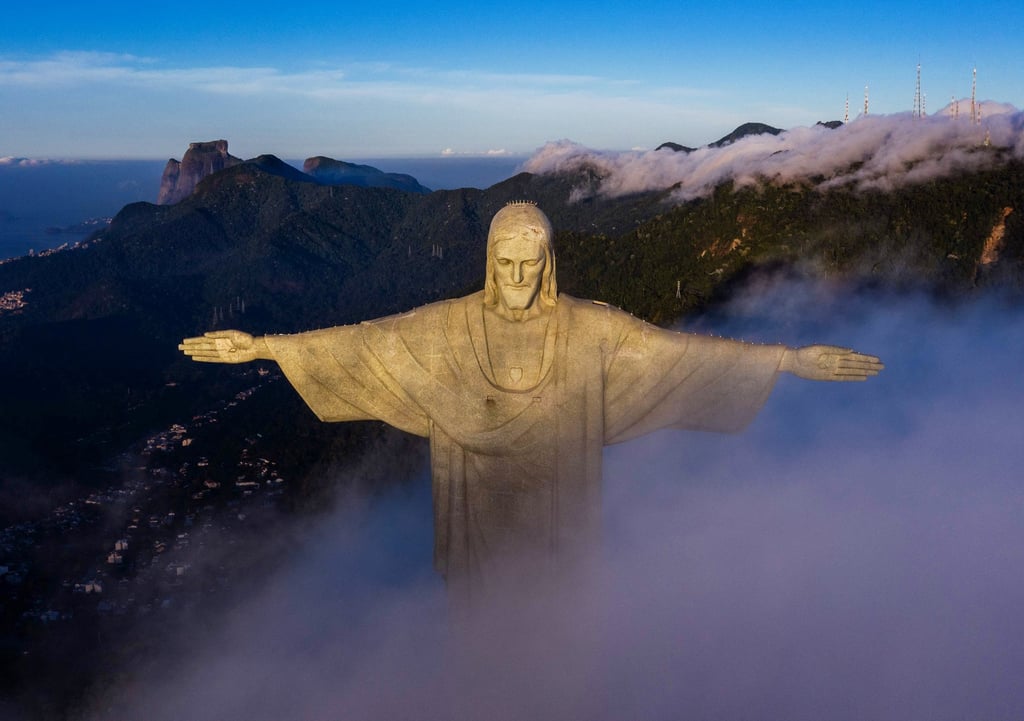
- From the Great Wall of China to Machu Picchu in Peru, this is a compilation of some of Earth’s most spectacular man-made structures





Can you remember some of the ancient wonders of the world from last week’s Posties? What are some differences between the lists of ancient wonders and new wonders?


What are scholars still debating about Machu Picchu?


What was a problem with the Colosseum’s events?


Can you remember some of the ancient wonders of the world from last week’s Posties? What are some differences between the lists of ancient wonders and new wonders?


Difficulty: Summiteer (Level 3)
About two decades ago, a foundation in Switzerland sought to update the list of the world’s wonders. After tallying votes from more than 100 million people around the world, the results of the new wonders were released in 2007.
Great Wall of China
This massive structure is one of the world’s largest building projects. Every section that was ever built is thought to span 21,196km, but the most well-preserved parts cover about 8,850km. Constructed by various Chinese leaders to stop invasions, the wall is nearly 3,000 years old.

Chichen Itza
In Mexico’s Yucatan Peninsula, the Chichen Itza was built by a Mayan tribe called Itza. The city thrived in the 9th and 10th centuries AD. One notable building there, El Castillo, has 365 steps to match the days in a solar year. During the spring and fall equinoxes, shadows at sunset look like a snake slithering down the stairs.

Petra
This ancient city now located in Jordan sits among sandstone mountains and cliffs. Half-built and half-carved into the rock, the city had a population of 10,000 to 30,000 between 400 BC and 106 AD when it was a key trade centre. The Arab tribe there created innovative ways to transport water.

Machu Picchu
This site was built by the Incan people in modern-day Peru. The purpose of this scattering of terraces, temples and plazas has stumped historians for a long time. It was supposedly built around the 15th century AD, and today, it is one of the most popular tourist sites in South America.

Christ the Redeemer
Brazil is home to a colossal statue of Jesus completed in 1931. Covered in thousands of triangular tiles, the statue and its pedestal are 38 metres tall. Unfortunately, its right thumb was damaged in 2014 by a storm.

Taj Mahal
This beautiful monument in India was built by Emperor Shah Jahan in the 17th century to honour his wife after her death. Made with white marble and semi-precious stones, the project needed 22 years and 20,000 workers.

Colosseum
This landmark in Rome was built in the 1st century AD at the emperor’s request. It could hold 50,000 people, who would watch events, such as gladiator fights or men battling animals – some claim these violent events left 500,000 dead over the years.

Use the puzzle below to test your knowledge of the vocabulary words in the story.
Suggested answers
-
Before you read: The ancient wonders include the Great Pyramid of Giza, the Hanging Gardens of Babylon, Statue of Zeus Olympia, Temple of Artemis at Ephesus, Colossus of Rhodes, Lighthouse of Alexandria, and Mausoleum at Halicarnassus. All of the new wonders can still be seen today, and they include spots from Asia and the Americas.
-
Stop and think: Scholars and historians do not know why Machu Picchu was built and what it was used for.
-
Consider: The Colosseum hosted many violent events, where hundreds of thousands of people died over several centuries.



something with huge size or power
very large
when a group of people try to take another’s land
a structure created to honour a person or event
when a question or problem is too difficult for someone

something with huge size or power
very large
when a group of people try to take another’s land
a structure created to honour a person or event
when a question or problem is too difficult for someone


What are scholars still debating about Machu Picchu?


What was a problem with the Colosseum’s events?